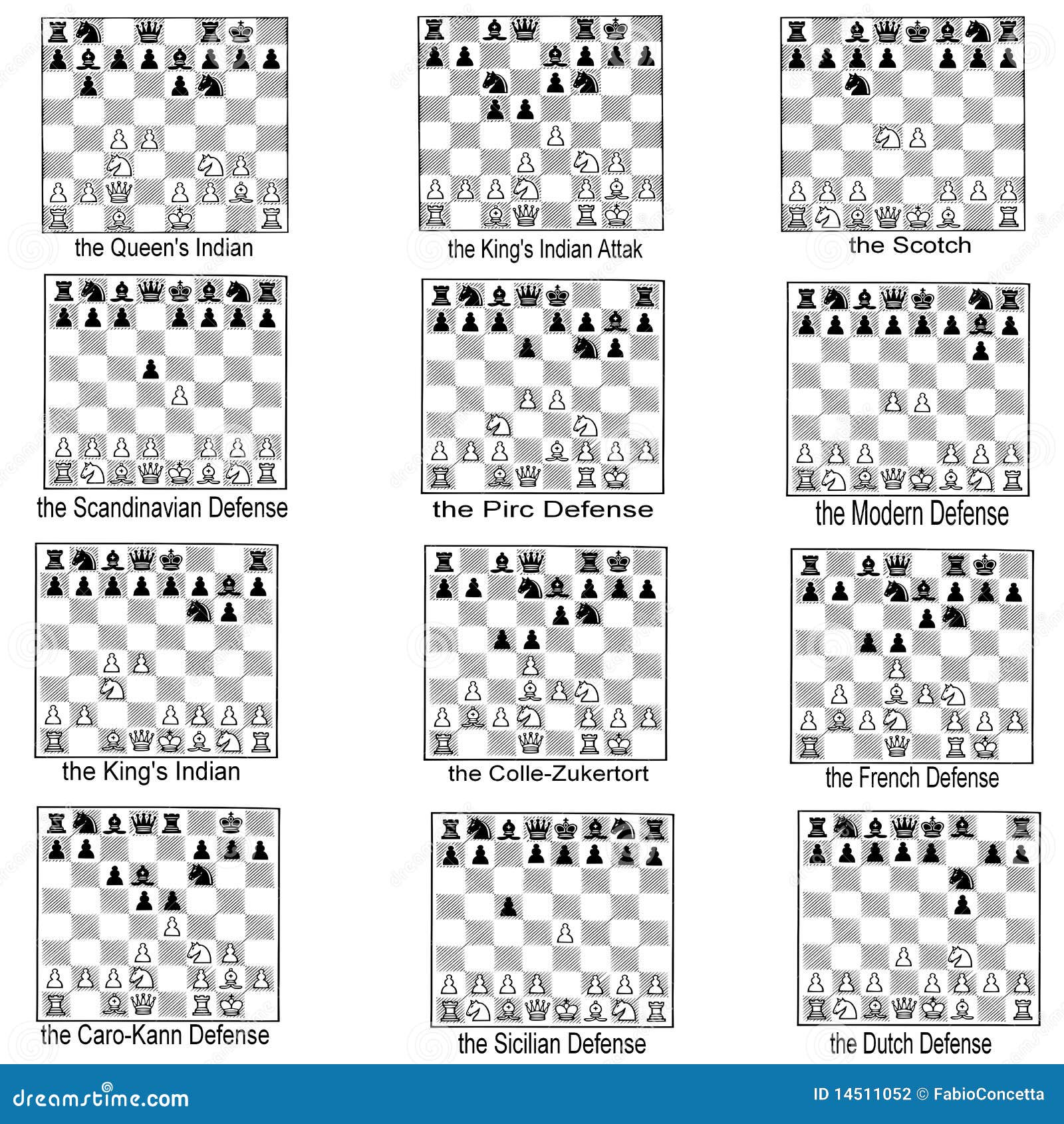Studying Defensive Chess Spaces: A Strategic Guide
In the intricate boogie of chess, the opening moves arranged the stage with regard to the entire sport. While aggressive availabilities aim for rapid development and attack, defensive openings prioritize solidity, control, and flexibility. Mastering protecting openings is important intended for players who like a strategic, patient approach to typically the game. In this particular guide, we explore the particular art of protective chess openings, discovering their principles, crucial variations, and ideal nuances. Understanding Preventive Chess Openings: Defensive chess openings concentrate on establishing a new solid pawn framework, maintaining control more than the center, and preparing to counter prospective attacks from the adversary. Unlike aggressive opportunities that often include early pawn sacrifices or rapid item mobilization, defensive openings prioritize stability in addition to long-term planning. Crucial Principles of Defensive Openings: 1. Strong Pawn Structure: Protecting openings typically involve pawn structures that provide maximum protection to key squares plus pieces. Central pawns, such as all those on d4 and even e4 for Light, or d5 and e5 for Dark, form the backbone associated with the defense, anchoring the position and even providing support for other pieces. installment payments on your Control of the particular Center: Central handle is paramount in defensive chess. By occupying and prevailing key central squares with pawns plus pieces, players reduce their opponent's range of motion and prospect of aggressive play. Establishing the strong presence in the center is some sort of fundamental principle associated with defensive openings. a few. Flexibility and Adaptability: Defensive openings prioritize flexibility, allowing gamers to adapt to their opponent's strategy whilst maintaining a solid position. This flexibility enables players to be able to respond effectively to be able to various threats and even transitions in the game, ensuring durability against aggressive participate in. Common Defensive Spaces: 1. The Shut Game: Within the Shut Game, players prioritize pawn structure plus central control over quick piece development. Variations such as the Closed Sicilian and Closed Ruy Lopez make an effort to solidify typically the position and slowly maneuver for positive aspects. 2. The Caro-Kann Defense: A popular choice intended for defensive-minded players, the particular Caro-Kann Defense (1. e4 c6) centers on establishing a strong pawn structure and neutralizing White's key pawn with a great early d5 pushed. This opening offers solid defensive foundations while offering counterattacking options within the middlegame. several. The Slav Security: The Slav Defense (1. d4 d5 second . c4 c6) is known for its stable pawn structure and resilient defensive create. By fianchettoing typically the dark-squared bishop in addition to maintaining control more than the central data, Black should endure White's pressure plus create strategic counterplay. Strategic Considerations: 1 ) Patience and Extensive Planning: Defensive mentally stimulating games requires patience along with a long-term outlook. Instead of seeking immediate trickery opportunities, players focus on gradually improving their particular position, reinforcing flaws, and waiting for their opponent to be able to overextend. 2. Prophylactic Thinking: Anticipating plus preventing the opponent's threats is crucial in defensive have fun with. Prophylactic moves, directed at neutralizing prospective threats before they arise, are some sort of hallmark of robust defensive strategy. a few. Transition to Middlegame: While defensive spaces try to establish some sort of solid foundation, additionally they set the level for dynamic middlegame play. By thoroughly transitioning from the opening phase to be able to the middlegame, gamers can capitalize in their defensive installation to launch counterattacks and exploit their very own opponent's weaknesses.  Mastering defensive chess openings is a legs to strategic expertise and resilience in the chessboard. Simply by prioritizing solid pawn structures, central handle, and flexibility, players can navigate the complexities of the opening phase together with confidence and calmness. With a heavy knowledge of defensive concepts and strategic things to consider, aspiring chess participants can elevate their particular game to new heights and outmaneuver opponents with accurate and finesse.
Mastering defensive chess openings is a legs to strategic expertise and resilience in the chessboard. Simply by prioritizing solid pawn structures, central handle, and flexibility, players can navigate the complexities of the opening phase together with confidence and calmness. With a heavy knowledge of defensive concepts and strategic things to consider, aspiring chess participants can elevate their particular game to new heights and outmaneuver opponents with accurate and finesse.